Please view our updated COVID-19 guidelines and visiting procedures →.

Every human being's life story is utterly unique - in the history of the planet nobody has ever shared your exact sequence and range of life experiences or ever will again. That makes your story, and every other human being's story, special and worth honoring.
When people share stories of their lives with others, they may remember and speak of details that are particularly meaningful to them, whether they are the essential milestones or the fleeting insignificances. Others who shared the original experiences may remember and speak of them divergently. Memory often works in this individualizing way
The work of the Arts Program of Connecticut Hospice draws forth abundant examples of this. Patients and their family members are offered a wide number of activities and therapies which, among many other things, encourage self-expression. Like narratives or aromas, it is well known that color and music are not only capable of evoking powerful emotions but are also redolent of deeply held memories. Many pages have been written on the power of music to help dementia patients, for instance, to connect with the past and relate to the present.
Whether interactions are during music therapy sessions, visual art activities, or any other modality, patients nearing the end of their lives almost universally engage in reminiscence or a form of life review.
At a point when most of their time on earth is behind them, patients inevitably draw on memory to communicate a sense of themselves. There is a need to take stock, to know that life has meant something, and that they have made, or are still making, their mark.
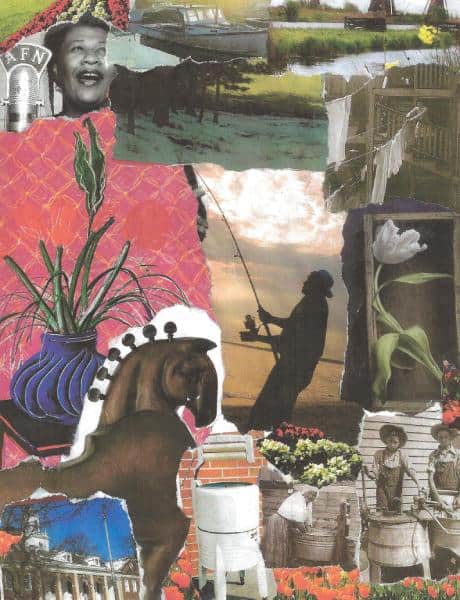
A more structured form of life review is practiced when patients actively discuss stages of life when prompted by specific questions and areas of focus. This is an important and widespread component of palliative and end of life care. Life Review at the end of life has the power to
Arts staff and volunteers at CT Hospice do not always deliberately guide a conversation in this way, but patients invariably share with Arts staff and volunteers their
Sometimes this is a spontaneous verbal conversation, sometimes it is recorded on video for family members to keep, and sometimes it may be represented in artwork or written word.
Amanda Salzano, ATR-LPC, staff art therapist, describes the aspect of legacy work she does with patients and family members as follows:
Art therapy offers opportunities for a patient to reflect upon his or her meaningful life experiences through art-making. The creative process transforms personal memories into tangible, visual representations that a patient can choose to share with others. For instance, a patient may choose to create personalized gifts to pass on his or her legacy and wisdom to family and friends, such as painting small rocks that represent life lessons and inspirational messages for others to carry with them after the patient has died.
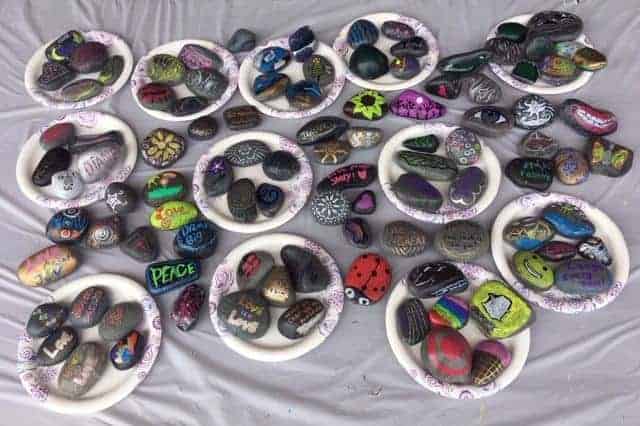
Family members may not always be aware of every detail of their loved one’s life, but are usually very eager to honor and pay homage to them, and they enthusiastically join in sharing family stories at the bedside. Each patient and family member remembers something in their own way, making a patchwork quilt of memory, while the stories shared allow them to connect to the person they love before and after they are gone
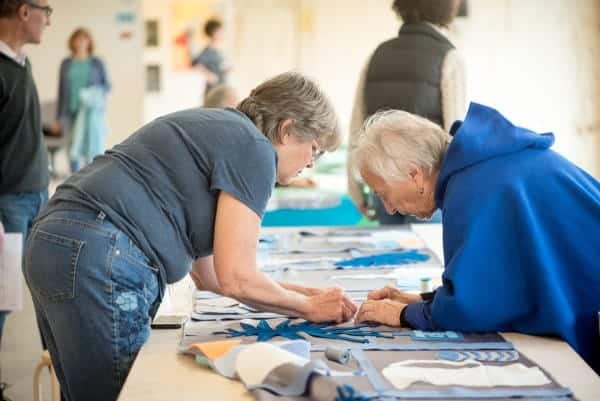
New Haven-based artist Megan Craig has explored the themes of memory, connection and community, in her project “Memory Edit (I will never forget…)”, commissioned by Artspace for New Haven Citywide Open Studios in November 2019. This project explores the phenomenon of memory through touch, sound, and movement. The works consist of four fabric banners arranged with graphics and texts in hand-cut felt. Each banner represents memories from one of four artists in their 80s and 90s. During the weekend of Citywide Open Studios, sewing groups and individuals helped to hand stitch the felt onto the banners in a collective performance and sewing bee. These works will be exhibited at Connecticut Hospice in September & October of 2020.
"Memory Edit (I will never forget...) began with ideas about the precariousness of memory - how it slips over time. I hoped to create a work that makes memory tactile and invites people to collectively secure things in place. Sewing has a long history of being tied to memory communities and the production of objects and garments that safeguard memory. Stitching externalizes the internal process of committing something to memory, stitch by stitch, until it holds.

For this project I began by interviewing four individuals in their 80s and 90s. Each has led an extraordinary life of creativity. We talked about their earliest memories of making things (poems, dances, textiles, music, paintings, stage sets, buildings) and about their artistic lives. I annotated and edited the interviews to find dominant images and text. Later, I rendered those pieces in hand-cut felt and worked together with Nick Lloyd to create a sound tapestry of their voices.
In the studio I laid out a 6-yard train of fabric for each of the interviewees in a color that resonates with something in their story.
Gerry's banner is green; she told me she had red hair when she was young and always "looked smart in green". Alec's banner is blue for his earliest memory of crawling on the floor to trace the blue lines on a rug. Susan's banner is red for her cherry-colored pointe shoes. George's banner is the color of Louisiana Purple Pod Pole Beans.
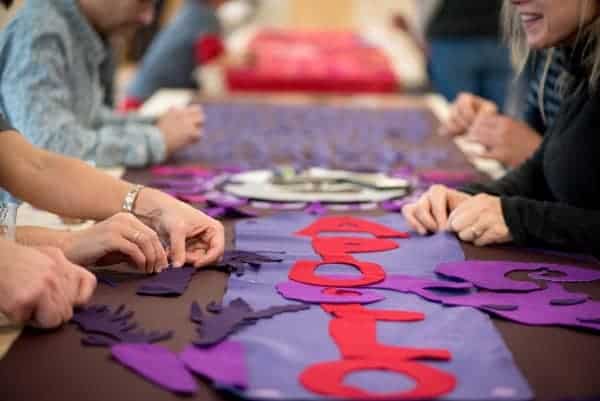
Memory sits at the juncture of the individual and the collective. We have different memories of the same things. But memory is also built up over time, altered and adjusted, ripped and seamed. Memories, like fabric, can be vivid and whole or faded and threadbare. This work is about the possibilities for communal memory and the collaborative gesture of keeping memory intact."
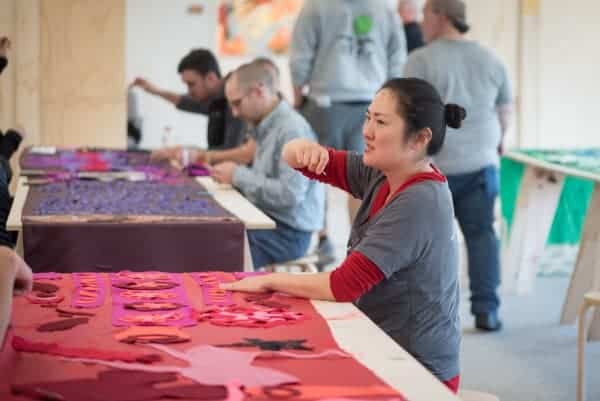
For further reading:
THE BENEFITS OF REMINISCING
LIFE REVIEW THERAPY
LIFE REVIEW & QUALITY OF LIFE
CONNECTING GENERATIONS
ARTIST MEGAN CRAIG
ARTSPACE NEW HAVEN
CITY-WIDE OPEN STUDIOS

As a not-for-profit, we depend on generous donors to help us provide customized services and therapies that aren’t completely covered by Medicaid, Medicare, or private insurance.
Please make a gift to help us sustain the highest standard of care.
Admissions may be scheduled seven days a week.
Call our Centralized Intake Department: (203) 315-7540.